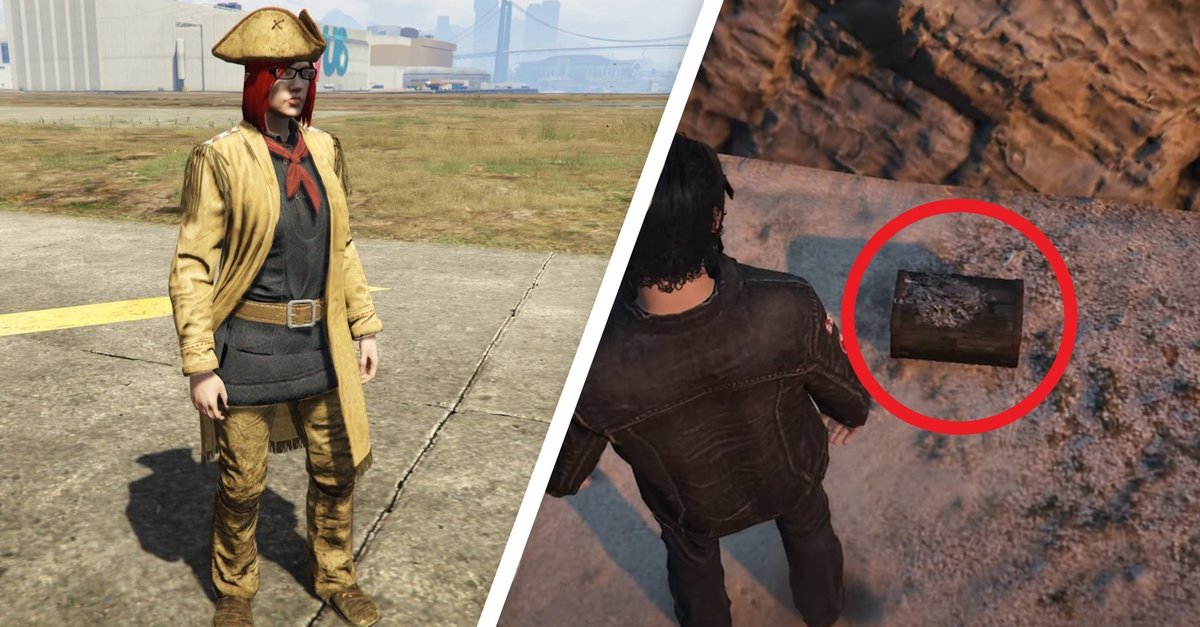Huge black hole discovered with new method
Scientists recently discovered one of the largest black holes ever. It’s about 30 billion times the mass of the Sun, according to researchers at Durham University.
This is literally a gigantic discovery. At least as exciting, however, is how the researchers managed to do it. A new method called gravitational lensing was used here, which is said to have a lot of potential, as shown in the study from the journal Monthly Notices of the Royal Astronomical Society.
“This approach could allow us to discover many more black holes outside of our local Universe and uncover how these exotic objects evolved further back in cosmic time,” said James Nightingale of Durham University’s Department of Physics, the lead author of the study is.
A big problem with detecting black holes is that they have such a strong gravitational force inside that they suck in the light themselves. So they are just black.
Until now, they have been detected when light emerges from their edges, or from the orbits of stars that fly past them. Because then they accelerate.
With gravitational lensing there is now another way to spot the holes. They use nearby galaxies as a kind of magnifying glass. Nightingale describes it as “a ray of light shining through the bottom of a glass”.
In addition, gravitational lensing can also spot dormant black holes, such as Nightingale’s opposite Bloomberg explains: “Most of the largest black holes known to us are in an active state in which matter that is drawn near the black hole heats up and releases energy in the form of light, X-rays and other radiation. “
He goes on to say: “However, gravitational lensing makes it possible to study inactive black holes, which is currently not possible in distant galaxies.”
To confirm the size of the new ultramassive black hole, the researchers used calculations by a supercomputer at the university and images from the Hubble telescope.


